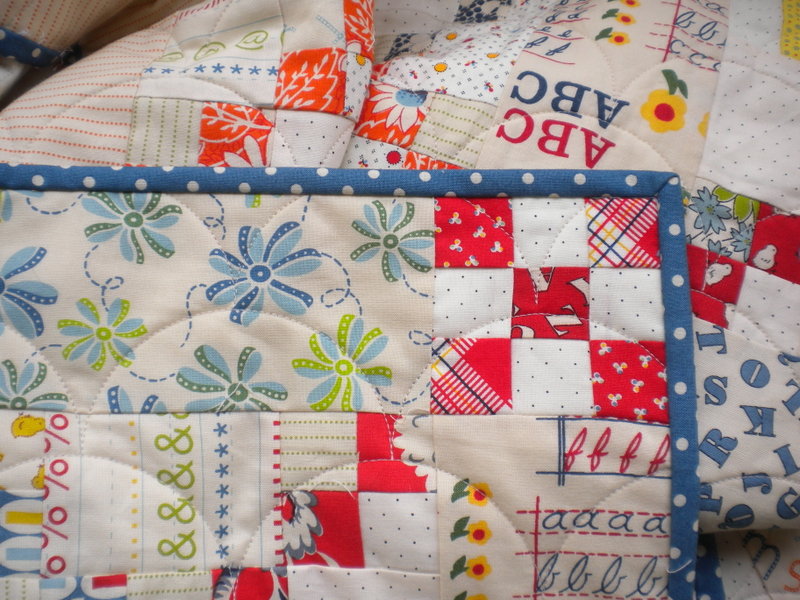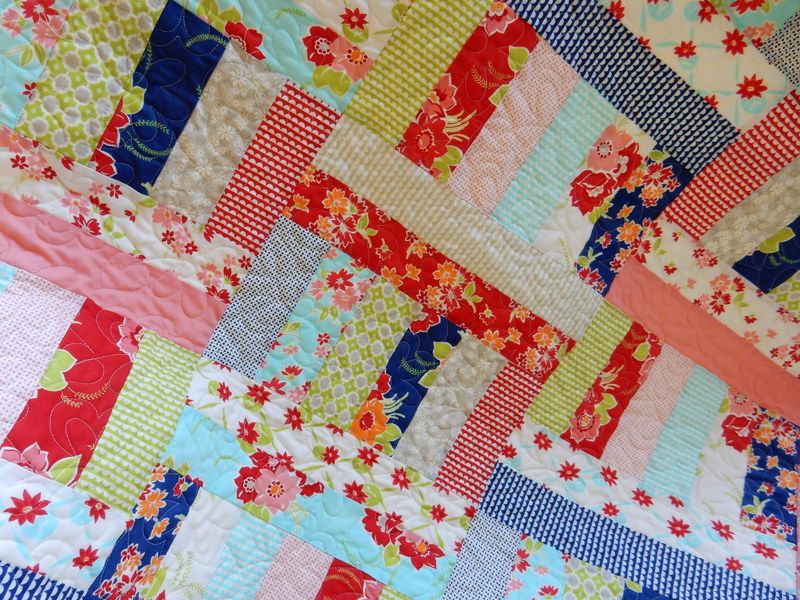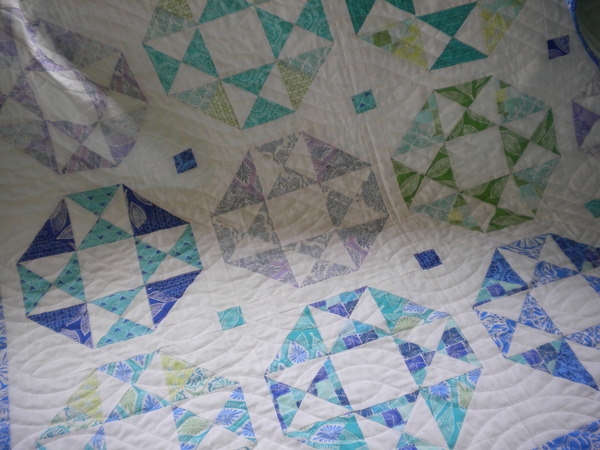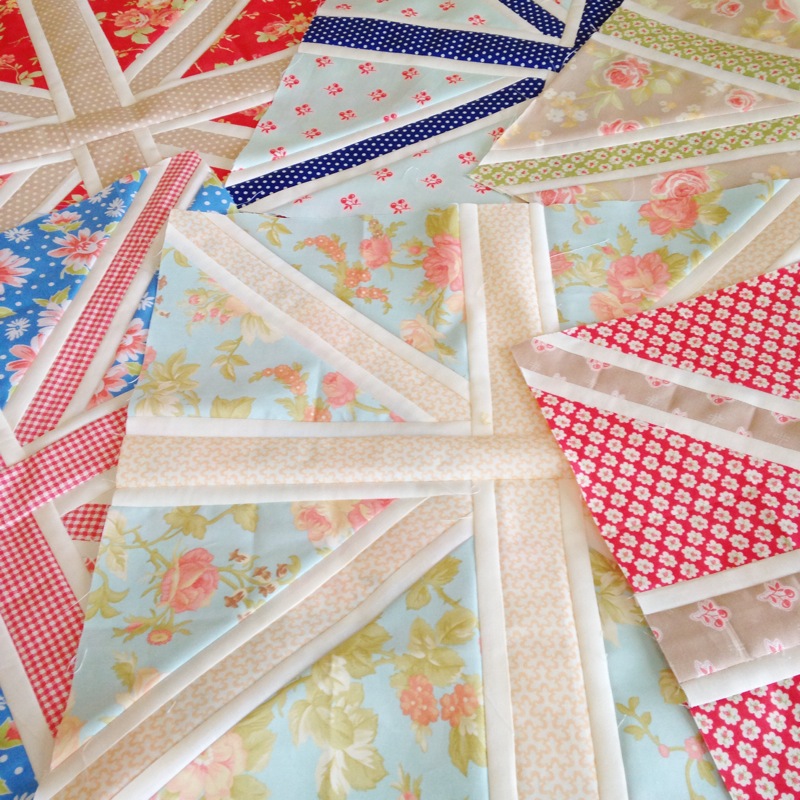Welcome to Moda Fabrics!
Tips and Tidbits
Tips and Tidbits
It's actually been many years ago now that I received my first lessons in quilting from my grandmother, and many of the tips she shared with me on that sunny afternoon are bits of information I use daily in my quilting...twenty some years later. Here is a round-up of my favorite tips and tidbits to share with new quilters: these are review for seasoned quilters but are simple steps that can make a big difference for new quilters just joining in and learning all about this amazing past time.
Measure Twice, Cut Once
This was the first thing I learned from my grandmother and one of the tips that helps me most in my daily quilting. It's a simple rule, but it really does work. A good start...including accurate cutting and measuring...is essential to a good finish.
Know Your Seam Allowance
My grandmother also told me to use a 1/4" seam allowance for all of my quilting (unless directed otherwise by a pattern), but it was a few years later while taking a class at a local quilt shop that I learned what this really meant. A wonderful teacher showed me that my seam allowance was actually a thread or two bigger than 1/4" which resulted in some of my piecing being just a bit off (those 1/16" inch variations can really add up in a big quilt)! So measure your seam allowance periodically to make sure you're on track. You can adjust your needle to the right or left if necessary, obtain a 1/4" seam guide, or use painters tape to mark the true 1/4" line on your machine.
Keep it Together: Pin and Mark
Somewhere along the line pins seem to have received a bad reputation. While it does take a little longer to pin...the results can be wonderfully surprising. Although it isn't necessary to always use pins, if you're having trouble with matching seams or getting a lot of different points to match up, pins might be the best solution. While I don't always use pins for simple chain-piecing, I always use them if there is something that needs to be lined up.
Properly marking is important, too. Use a pencil to mark on the wrong side of light fabrics or chalk for darker fabrics to mark lines for half square triangles and corner square ("flip and sew") corners. While it often looks like it's going to be just fine if you "eyeball" it, marking can also improve accuracy by leaps and bounds.
Fabric Prep
Fabric preparation is another step some quilters like to skip: after all, most quilters love fabric so much they just want to jump right in and sew. But your fabric may need pressing before cutting, and this can be especially important when using pieces from fat eighth and fat quarter bundles. Just think of it as a little extra time you get to spend with the fabric!
Some quilters like to use steam when pressing their fabric for the first time. This can cut down on shrinkage later on--an important step especially when working with lots of pieces or smaller pieces. An additional step many quilters use is to both starch and press their fabrics before beginning any project. Whether or not to pre-wash your fabrics is another decision to make before beginning. Although I pre-wash only when I'm going to use fabric for garment construction, there are many others who pre-wash all of their quilting cottons.
Handle with Care
Fabric can be stretched, and if your fabric is stretched enough your blocks might end up distorted. Use care when handling bias edges: don't fear working with triangles for half-square triangles, quarter-square triangles, and flying geese ... just handle with care to prevent stretching.
I do have one final tip, and it's my favorite one to share. Enjoy yourself while you are sewing and quilting. Your projects are yours, and they should bring you great joy while you're working...quilting is the best hobby!
What is your favorite advice for new quilters...?







Comments